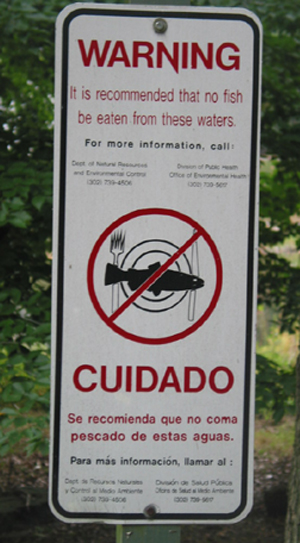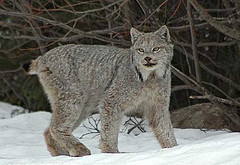On March 1, 2012 a Missouri Conservation Commission rule banning the use of — not just felt-soled waders, but all porous-soled waders and footwear will take effect.In a press release, the Missouri Department of Conservation (MDC) defines the ban as including “waders or footwear incorporating or having attached a porous sole of felted, matted, or woven fibrous material.”
The rule is stll subject to a public comment period through that state’s Secretary of State’s office.
“Porous-soled waders and wading boots, worn by many trout anglers, appear to be a likely pathway for the spread of didymo,” MDC Fisheries Biologist Mark VanPatten explains in the release. Didymo is an invasive algae that, in some rivers, grows so thick that fish must move elsewhere, and the small creatures they feed on suffocate. Swimming and boating become unpleasant, if not impossible.
“The soles hold moisture for days and can harbor cells of this alga,” VanPatten is quoted as saying in the release. “Individual cells cannot be seen with the naked eye and only a single cell is needed to establish a stream-killing colony. Anglers who visit waters with didymo can, unknowingly, transfer these cells to the next stream they visit.”
Read the release from the Missouri Department of Conservation here.
This article from the Springfield News-Leader merely condenses the press release.
Photo: This is didymo, but it’s not in Missouri, which so far remains didymo-free. It’s been used to illustrate didymo stories for years, but this time it’s courtesy of the Missouri Department of Conservation.








